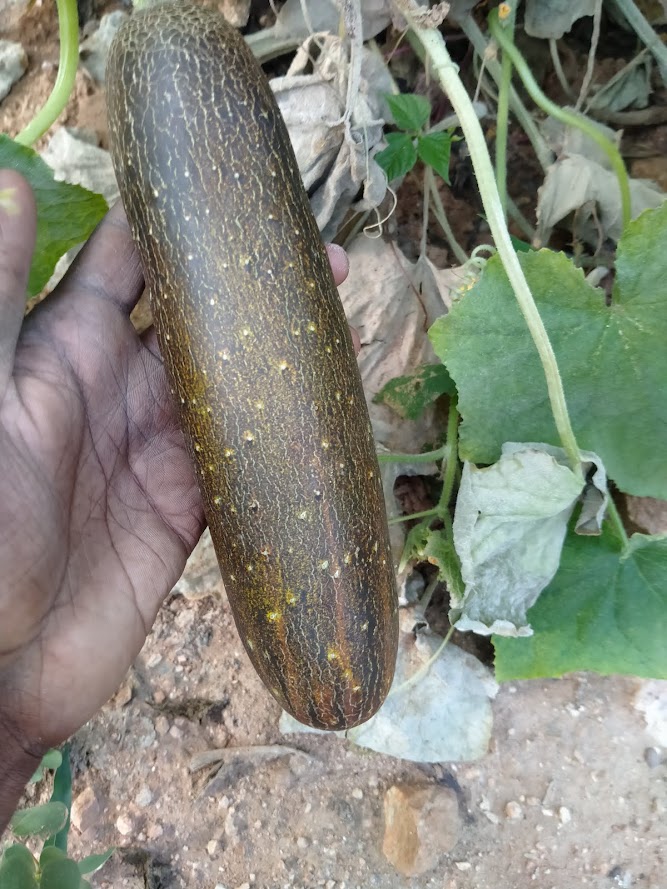In the present era, there are too many developments in precision agriculture for increasing the crop productivity. Especially, in the developing countries like India, over 70% of the rural people depends upon the agriculture fields. The agriculture fields faces dramatic losses due to the diseases. These diseases came from the pests and insets, which reduces the productivity of the crops. Pesticides and fertilizers are used to kill the insects and pests in order to enhance the crop quality. The WHO (World Health Organization estimated as one million cases of ill effected, when spraying the pesticides in the crop filed manually. The Unmanned aerial vehicle (UAV) – aircrafts are used to spray the pesticides to avoid the health problems of humans when they spray manually. UAVs or drones can be used easily, where the equipment and labors difficulty to operate. This paper reviews briefly the implementation of UAVs for crop monitoring and pesticide spraying.
A sprayer system is mounted on UAV for pesticides spraying. The integration of UAV with sprayer system results a potential to provide a platform to pest management and vector control. This is accurate site specific application for a large crop fields. For this purpose heavy lift UAVs or drone sprayers are required for large area of spraying. The efficiency of the spraying system which is mounted to the UAV or drone increases through the PWM controller in the pesticide applications. A petrol powered unmanned aerial vehicle Yamaha RMAX developed for pesticide spraying in rice fields of Asia. In comparison with ground based sprayers, deposition of pesticides from the developed UAV is almost similar. The RMAX is a crop sprayer for a high value crop environment. A prototype extendable to develop a drone with increasing volume mean diameter droplet size up to 300mm. The uses of drone in spraying operations are increasing because of its speed and accuracy. But, some factors reduce the crop quality like some area in the crop field is not covered properly while spraying, Crop areas overlapping and outer edges of the crop field in the spraying process. To overcome these factors, a swarm of Drones were used in a control loop of algorithm for agriculture operations, where unmanned aerial vehicles are the responsible for the spraying pesticides. The process of spraying the pesticides on the crop is organized by the feedback coming from the WSNs deployed in the field. The communication with each one is done by a control loop to adjust the route of unmanned aerial vehicle to changes in the speed of wind and number of messages exchanged in between. A short delay in the control loop, so that the unmanned aerial vehicle can analyze the data from WSN to further route. It could also minimize the waste of pesticides. An automatic navigation UAV spraying system MSP430 developed to direct the UAV in desired spray area.
Keeping in view of these facts, a crop monitoring and Pesticide spraying Drones are developed consisting of an automated drone system and sprinkling system with multi spectral camera. The sprinkling system is attached to the lower region off the UAV which has a nozzle beneath the pesticide tank to sprinkle the pesticide towards downstream. First monitoring is done by multi spectral camera, the camera scans the whole crop field and generates a spatial map. This map manifest the condition of the crop through NDVI and then the farmer evaluates which type of pesticides/fertilizers apply on the crop.
UAVs in precision agriculture is still in its early stage and maybe a scope for further development in both the technology and the agriculture applications. Providentially, it is expended that with the development of UAV'S technology, improved image processing techniques, lower costs, flying times, batteries, new camera designs, low volume sprayers, and nozzle types. A significant number of experimental studies of UAV'S based remote sensing for agriculture application. It will be a more prominent advantages of these systems in precision agriculture and environmental monitoring.
Conclusion: The drone sprayers are costly. The drone service centers are less in number. They are suitable for large scale land holders. Proper training is needed to run the drones.
#dronesprayers #farmdrones
















